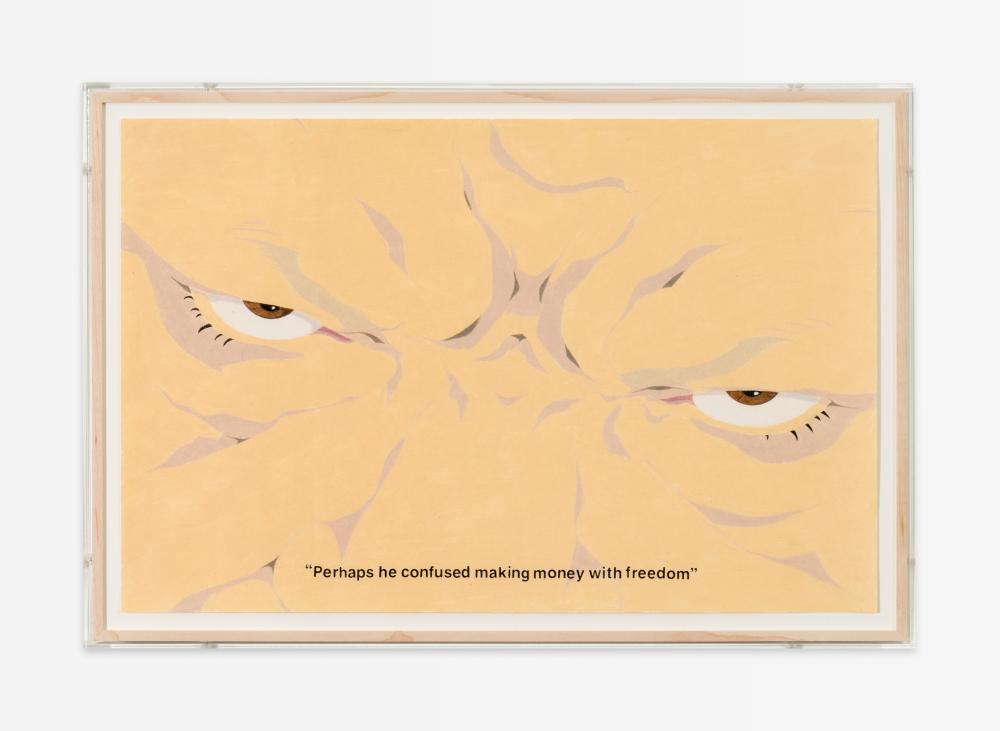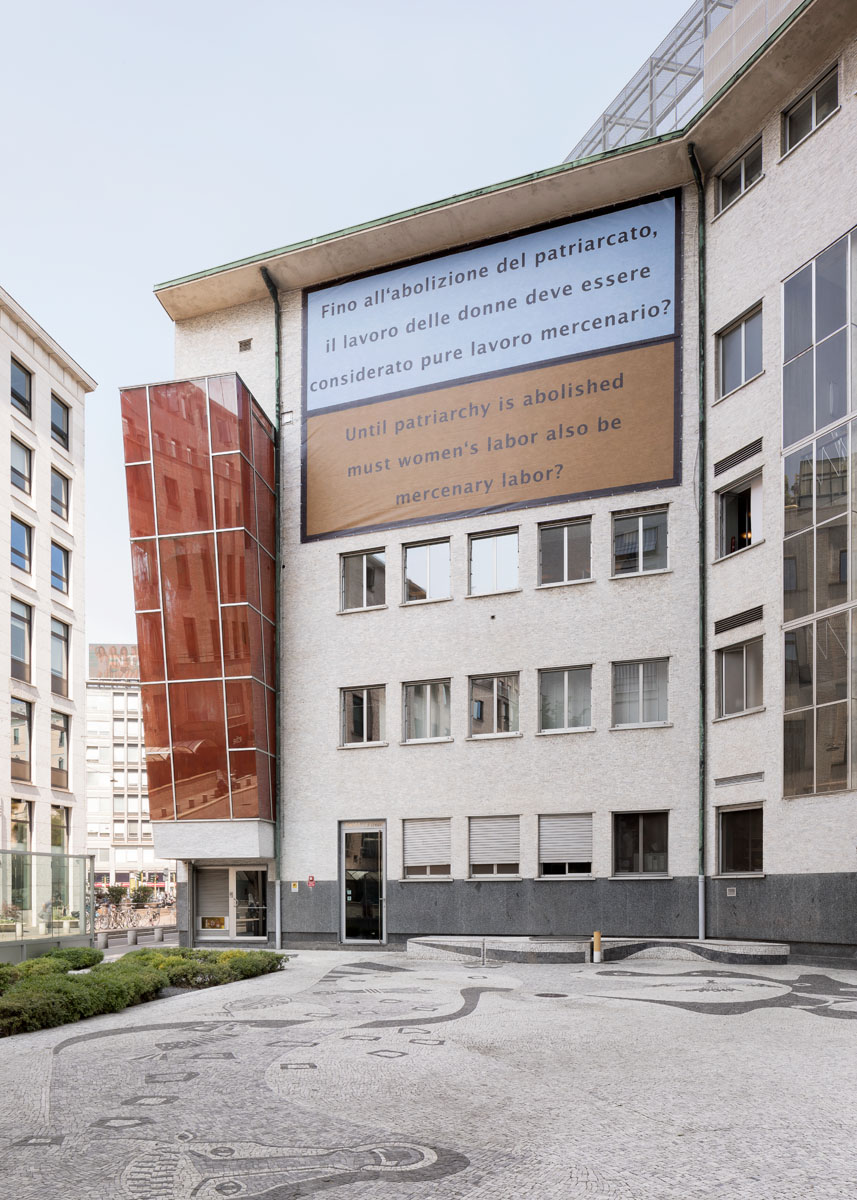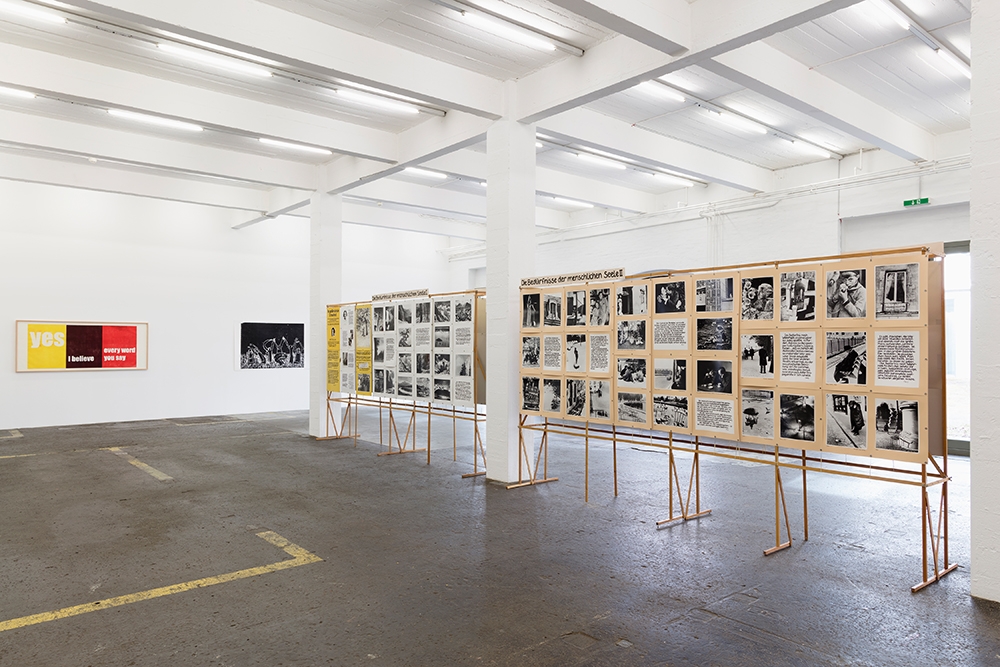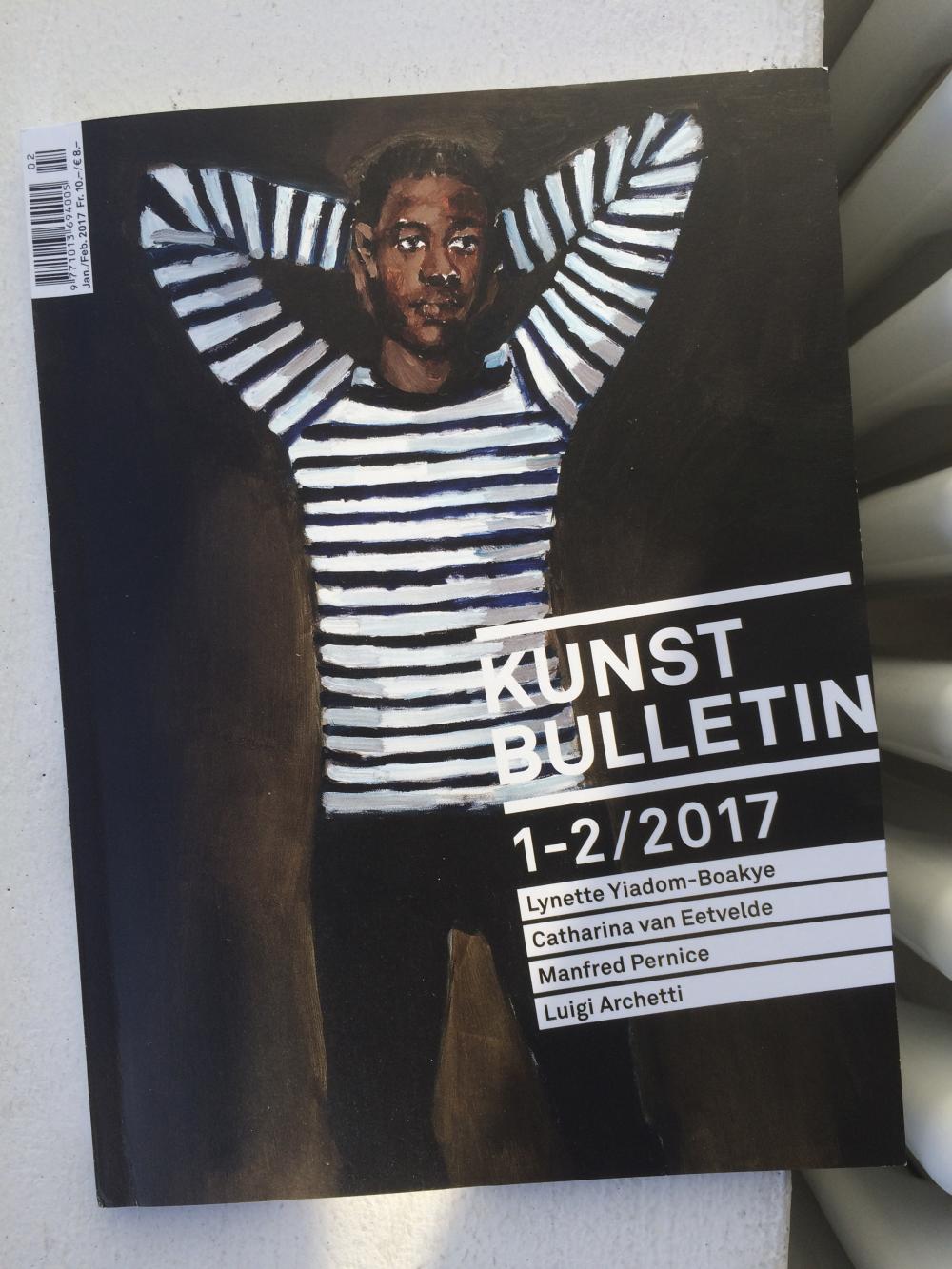Neuerfindung einer Notwendigkeit
«Atlas of Commoning: Orte des Gemeinschaffens» im Kunstraum Kreuzberg/Bethanien (Berlin)

What Plants Were Called before They Had a Name
Uriel Orlow, «Theatrum Botanicum», Kunsthalle St.Gallen

«Contradictory Statements», Selina Grüter et Michèle Graf à Fri Art
Programmer la performance: une proposition contradictoire

Das Kleiden anderer betrachten
Matthias Gabis Einzelausstellung «Repro» im Kunsthaus Langenthal
Psy-Alps: Abel Auer at Galerie Kirchgasse

The landscapes of Abel Auer center on figures, flora, and various symbolist paraphernalia roaming in ‹out there› topographies. His exhibition at Galerie Kirchgasse, titled Schatten meiner Selbst (Shadow[s] of Myself), evokes the concept of the shadow in analytical psychology. Being aware of one’s own shadow is probably a good thing. The train of thought of the following review stretches across generations from the nineteenth century to the present, from landscape painting to mountaineering and, in the process, reflects on a psychedelic connection between the Himalayas and the Alps.
Old Media, Networks & Borders
You’ve Got 1243 Unread Messages at the Latvian Center for Contemporary Art

Jahresrückblick
Sam Pulitzer: der Schatten des Problems an sich

Regionales Kunstvermittlungszentrum
Mitchell Anderson in der Fri Art Kunsthalle Fribourg
Shahryar Nashat: An Image is an Orphan

Learning to Speak? Part 2
A discussion about ‹black›ness in Switzerland and why art institutions should burn their fingers on this issue.

Gab es sie je, die guten Dinge?
Stefan Burger in der Kunsthalle Bern

Stefan Burgers umfangreiche Ausstellung fotografischer Arbeiten impliziert die inhärent widersprüchliche Genese der analogen Fotografie im Laufe der Industrialisierung. Die neuen Arbeiten sind nicht nur alle namenlos, sondern entziehen sich sowohl kategorischen Sujets wie Stilleben oder modernistische Abstraktion wie auch mediumspezifischen und damit einhergehenden indexikalen Lesarten. Burgers teilweise plastische Bilderzeugung reicht von raffiniert verführerischen Oberflächen bis hin zu einer «immateriell» wirkenden Flora und dialogisiert hierbei unerwarteterweise mit den freischwebenden und referenzgleichgültigen digitalen Bildwelten welche die postindustrielle Dienstleistungsgesellschaft bewerben.
On Bea Schlingelhoff’s «Auftrag / No Offence»

Portentous Chainsaw Massacre
Claudia Comte at Kunstmuseum Lucerne

In her first major institutional show in Switzerland Claudia Comte delivers all the dull mid-range design we’ve come to expect, but here there’s a lot more and, now, with the incredulous air of credibility. Titled 10 Rooms, 40 Walls, 1059 m2, and featuring over 60 paintings, 40 sculptures, 40 wall paintings and some prints, it’s an epic ode to the big, dumb and aggressively anti-intellectual.
Yes, I believe every word you say?
Glaube, Macht, Arbeit in Andrea Büttners «Gesamtzusammenhang», Kunst Halle Sankt Gallen, 04.03.–07.05.2017

Myths of the Marble
A group exhibition at the Henie Onstad Kunstsenter in Oslo and the Institute of Contemporary Art Philadelphia

Conceiving a thematic exhibition around a pioneering — or disastrous — moment in history has long become an accepted staple for exhibition makers seeking a reliable conceptual framework to lean on. Reconsidering this approach, the multi-faceted group show Myths of the Marble instead looks mostly to present fact and fiction.
Malerei für den repräsentativen Gebrauch

Es wäre schön mit zwei bis drei Vögeln

Laure Prouvost: Trying
Kunstmuseum Luzern

Francis Picabia: Our Heads Are Round So Our Thoughts Can Change Direction
